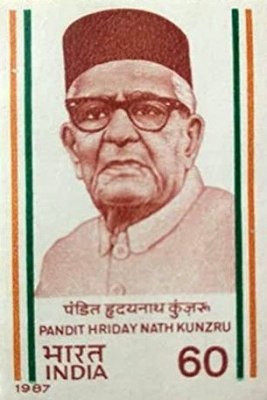
If you were to look at a map of India in the time of independence, it might surprise you. You would find that most of the states as you know them did not exist. Pre-partition India had a number of princely states interspersed with areas under British rule. The states of Kerala, Tamil Nadu, Karnataka, Maharashtra, Andhra Pradesh and the North-Eastern states did not exist at that time.
The map of India as we know it came into existence over a period of time. The first major step in this direction was taken when the States Reorganization Commission was formed by the Government of India on 22 December, 1953. It was headed by retired Chief Justice of the Supreme Court, Fazal Ali, and two other members – H N Kunzru and K M Panikkar.
After two years of study the Commission recommended that India’s state boundaries should be reorganized to form 16 states and 3 centrally administered areas. However, after further deliberation, it was decided to divide the country into 14 states and 6 union territories.
One of the proposals given by the Commission was to reorganize the states on the basis of language for easier administration. However there were certain reservations regarding this as it was thought that dividing states solely on the basis of language would be unsuitable and risky for national unity.
After much debate however, the government gave in to the demand for a Telugu-majority state and the state of Andhra Pradesh was formed in 1953.
This sparked off agitations all over the country with linguistic groups demanding separate statehoods across the nation.
After a period of protests, the States Reorganization Act of 1956 organized India’s states and territories along linguistic lines.
Picture Credit : Google




